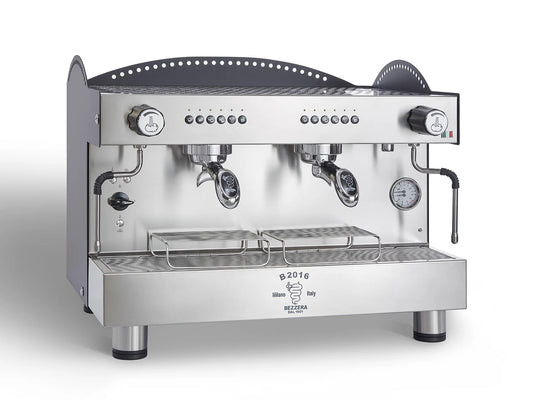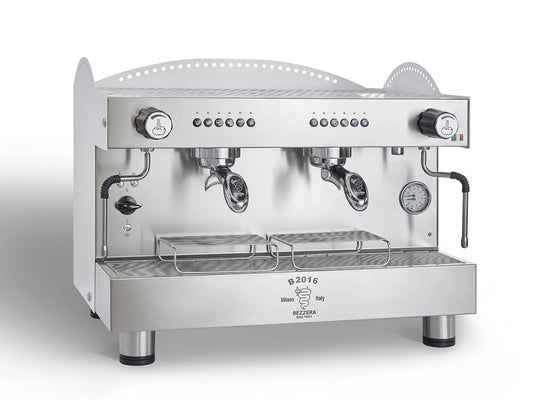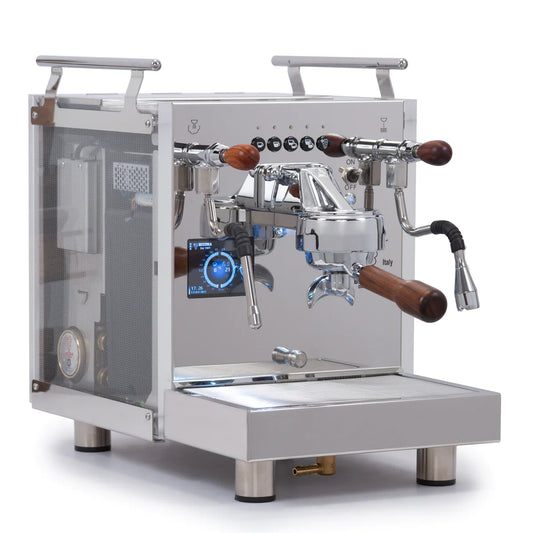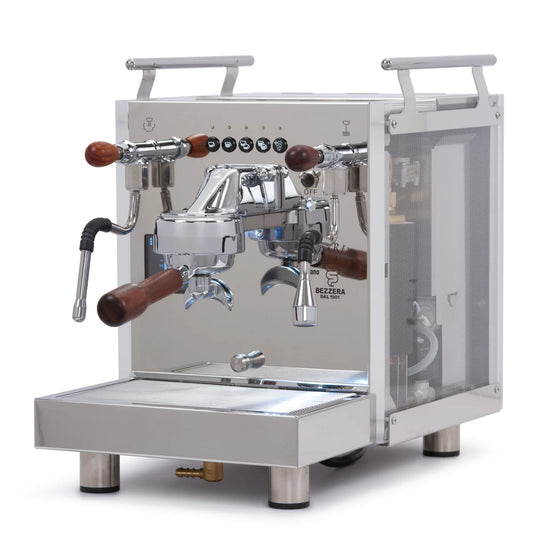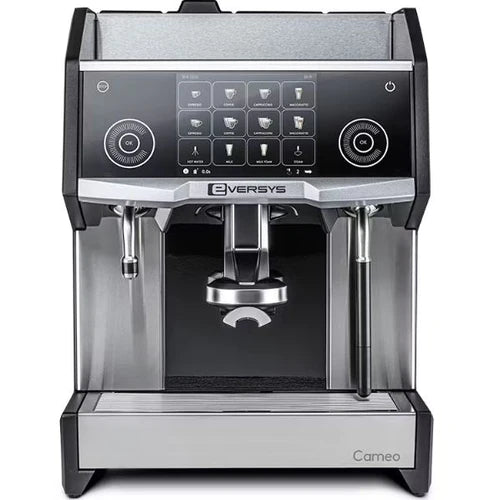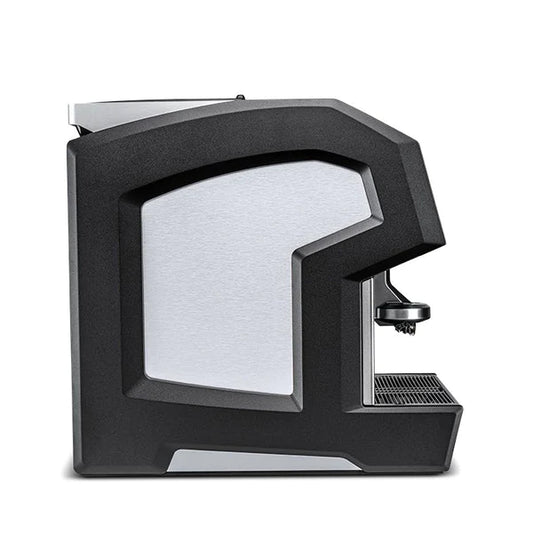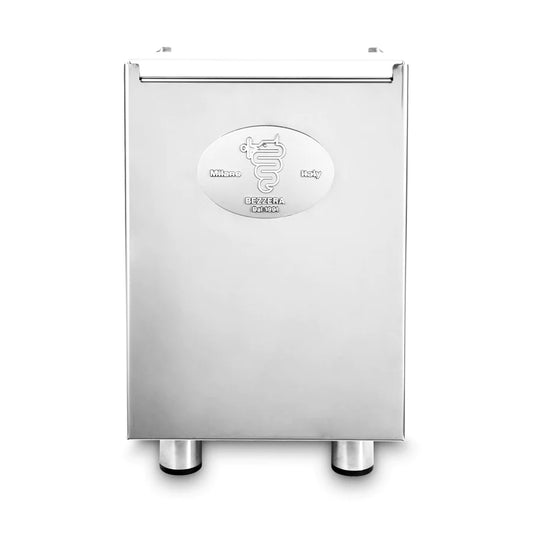Breville's Strategic Shift: Navigating Tariffs and Seizing Growth Opportunities
Table of Contents
- Key Highlights:
- Introduction
- Early Maneuvers Against Tariff Pressures
- Financial Resilience Amid Market Challenges
- Diversification of Manufacturing Locations
- Insights on Market Performance and Future Outlook
- The Role of Consumer Trends in Product Development
- Navigating Input Cost Increases
- The Importance of Customer Engagement
- Looking Ahead: Strategies for Sustaining Growth
Key Highlights:
- Breville has successfully sidestepped US tariffs by preemptively importing products before the imposition of tariffs in April.
- The company reported a 10.9% increase in revenue, totaling $1.7 billion for the fiscal year ended June 30, alongside a 14.6% rise in net profit.
- Diversification of manufacturing away from China is underway, aiming for sustainable growth amid changing geopolitical landscapes.
Introduction
In an increasingly complex global market, companies must navigate a landscape fraught with challenges like tariffs and rising production costs. Breville, the renowned home appliances maker known for its kitchen innovations such as coffee machines and air fryers, exemplifies how proactive strategies can foster not just resilience but growth. Recently, Breville’s adept management of U.S. tariffs and its innovative approaches to manufacturing diversification signal a robust response to the shifting economic climate. With a proven track record of double-digit revenue growth across multiple regions, Breville’s strategies provide insights into adaptation and thriving amidst uncertainty.
Early Maneuvers Against Tariff Pressures
Breville took decisive steps to mitigate the impact of Donald Trump's tariffs, which imposed a hefty 30% levy on goods imported from China. By strategically advancing the shipment of products into the U.S. ahead of the tariff implementation in April, the company effectively recreated a buffer against the impending costs. This foresight not only preserved Breville's profit margins but also offered an illustration of how businesses can maneuver through financial obstacles with agility.
The company’s chief executive, Jim Clayton, highlighted the effectiveness of this approach, stating, "We utilized a tactical pull forward of U.S. inventory pre-April." This strategy, designed to blunt tariff effects in the short term, will be critical as Breville faces ongoing pressures in subsequent fiscal years. By addressing these issues proactively, Breville demonstrates the importance of adapting operational strategies in real-time.
Financial Resilience Amid Market Challenges
Breville's financial performance underscores its capacity to grow amid challenges. For the fiscal year ending June 30, the company recorded a noteworthy revenue increase of 10.9%, amounting to $1.7 billion. This upswing was mirrored in net profits, which climbed 14.6% to reach $135.9 million. The impressive earnings before interest and taxes rose by 10.2%, totaling $204.5 million, which was at the top end of Breville’s anticipated guidance.
The surge in revenue reflects strategic positioning that has resonated particularly well with consumers facing inflationary pressures. As the cost of living rises, many Australians are turning to in-home brewing solutions, thus propelling sales of high-end machines. The Oracle Jet, priced over $3,000, stands out as a flagship product in this trend, showcasing how premium appliances cater to a growing market seeking quality experiences at home.
Diversification of Manufacturing Locations
In response to external pressures, Breville is actively broadening its manufacturing footprint. This shift away from China towards production capabilities in Mexico and Southeast Asia represents a significant pivot designed to safeguard against geopolitical uncertainties and tariff-related cost increases. By diversifying its manufacturing base, the company not only aims to stabilize its supply chain but also enhance production efficiency.
The diversification strategy is part of a broader vision to ensure sustainable growth while minimizing risk exposure. As global markets become more unpredictable, having multiple manufacturing sites enables companies like Breville to adapt more swiftly to changing conditions. Importantly, this decision also opens pathways to new markets and production opportunities, allowing for a more resilient operational framework.
Insights on Market Performance and Future Outlook
While Breville has successfully mitigated tariff impacts in its recent fiscal performance, questions remain regarding the sustainability of such strategies in the long term. Analysts, such as Wei-Weng Chen from RBC Capital Markets, pointed out that while the initial tariff impacts seem manageable, the efficacy of the pull-forward strategy will need ongoing evaluation. As market conditions evolve, Breville's leadership will have to remain agile to adapt to fluctuating demand and external pressures.
The company is also intent on leveraging new market opportunities. Its recent expansion announcements into China and the Middle East suggest an eagerness to tap into regions with significant growth potential. Clayton expressed optimism regarding customer engagement in these markets, noting the early signs of promise. He stated, “While still early days, customer and partner engagement has been strong, and both markets have meaningful long-term growth potential.”
The Role of Consumer Trends in Product Development
Breville's innovation pipeline is directly informed by prevailing consumer trends. As more individuals turn their homes into centers for culinary creativity, the demand for high-quality kitchen appliances surges. Breville's commitment to innovation is evident in their product offerings, which blend advanced technology with user-centric design. This approach not only caters to the consumer's desire for quality but also aligns with a growing trend of DIY home cooking and specialty coffee preparation.
For instance, appliances that facilitate gourmet coffee-making at home appeal to the consumer who is looking to replicate café experiences without the associated costs. As financial constraints tighten, products like Breville's Oracle machines become not just luxuries, but essentials for cost-conscious consumers aiming to enjoy high-quality beverages.
Navigating Input Cost Increases
Despite Breville's commendable performance trajectory, the future raises concerns regarding input costs. As Clayton noted, the company is bracing for a "significant input cost increase in FY26 and FY27 for U.S.-based sales." This projection necessitates careful planning and potential adjustments in pricing strategies to maintain competitive positioning while safeguarding profitability.
To counteract rising costs, Breville is actively exploring avenues to avoid increasing prices. This approach reflects a consumer-sensitive strategy, ensuring that affordability remains a critical element of their value proposition. The ability to navigate input costs while continuing to deliver quality products will be a test of Breville’s operational agility in the coming years.
The Importance of Customer Engagement
Breville’s successful navigation of recent challenges hinges significantly on maintaining strong customer engagement. The company has fostered a robust connection with its customers, building brand loyalty that translates into repeat purchases and stronger market presence. Engagement extends beyond just sales; it incorporates feedback loops that inform product development and improvements.
As Breville looks to expand into new markets, establishing relationships with customers and partners will be crucial. The promise shown in regions like China and the Middle East signals the need for localized strategies that resonate with diverse consumer bases. Engaging thoughtfully with these new markets will allow Breville to tailor its offerings and ensure that messaging and product features align with local expectations.
Looking Ahead: Strategies for Sustaining Growth
Breville's future strategies will undoubtedly focus on sustaining growth while addressing external pressures, such as tariffs, rising costs, and evolving consumer preferences. Continued innovation will be a cornerstone of their strategy, particularly in developing products that meet the demands of increasingly sophisticated consumers.
Market Expansion Strategies: Expanding into new geographical regions offers substantial opportunities for growth. Breville’s investments in emerging markets will require deep market analysis and targeted marketing strategies to tap into local preferences.
Sustainable Practices: As consumer awareness regarding sustainability heightens, Breville’s commitment to sustainable practices can bolster its brand reputation. Initiatives aimed at reducing environmental impacts may also resonate with an increasingly eco-conscious consumer base.
Technological Advancements: Investment in technological advancements will enhance product offerings and operational efficiency. Innovations in smart kitchen appliances, which promote convenience and interaction with consumers, can further solidify Breville’s market leadership.
FAQ
What strategies did Breville use to avoid U.S. tariffs?
Breville implemented a tactical approach by advancing the shipping of products into the U.S. before the tariffs were imposed. This proactive measure allowed the company to mitigate the immediate financial impact of the tariffs.
How did Breville's revenue and profits perform in the latest financial year?
For the fiscal year ending June 30, Breville achieved a 10.9% revenue increase, totaling $1.7 billion, alongside a 14.6% increase in net profits, reaching $135.9 million.
What role does consumer behavior play in Breville's product sales?
With rising living costs, consumers are increasingly opting for in-home brewing solutions, significantly boosting sales of Breville's coffee machines and other kitchen appliances designed for at-home use.
What are the future challenges Breville anticipates?
Breville expects significant input cost increases for U.S.-based sales in FY26 and FY27, necessitating careful planning and potential adjustments in pricing strategies.
How is Breville expanding its manufacturing locations?
Breville is diversifying its manufacturing away from China to locations such as Mexico and Southeast Asia to reduce geopolitical risks and tariff impacts on its operations.
By adapting to challenges and focusing on consumer demands, Breville not only fortifies its market position but also embarks on a path of sustainable and strategic growth, poised to thrive in an ever-evolving global landscape.

